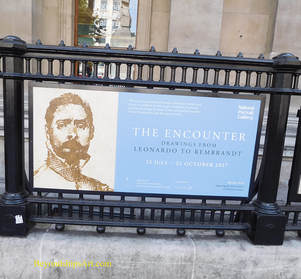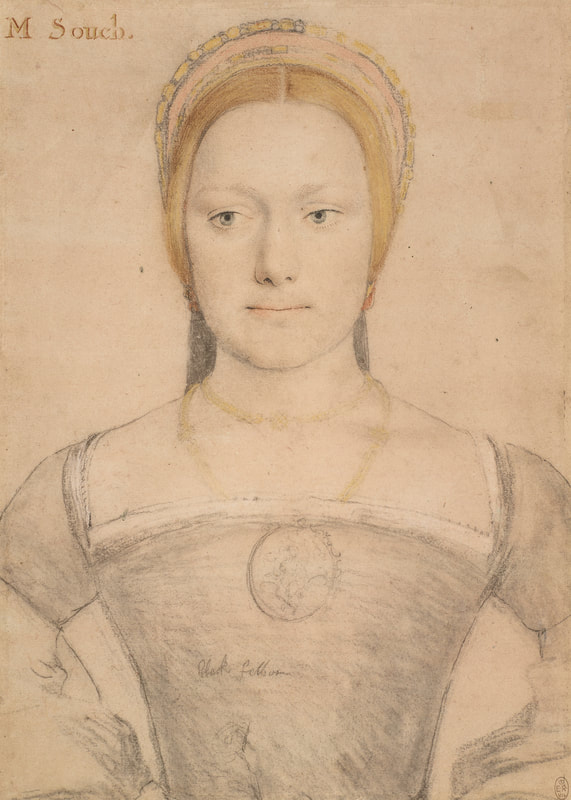 The Encounter, Drawings from Leonardo to Rembrandt, at the National Portrait Gallery in London, is the NPG's first exhibition of Renaissance portrait drawings. It includes 48 works by artists of the highest caliber and includes works from some of the most important collections in the United Kingdom including the Royal Collection. Just bringing together works by the likes of Leonardo Da Vinci, Rembrandt Van Rijn, Hans Holbien the Younger, Anthony Van Dyck and Albrecht Durer is enough to make an exhibit important. However, the NPG has striven to go beyond just creating an assembly of works by great artists by selecting works that highlight the interaction between the artist and his subject. Every portrait drawing involves the artist who renders the image and the subject, i.e., the one whose image is being rendered. Usually, this involves at least two people but in the case of a self-portrait, there is only one person involved. In such instances, the artist plays both roles. In this encounter, the subject provides not just his or her physical form but also the emotions and thoughts that animate that form. The artist not only recreates the image before him or her but interprets the subject in light of his or her thoughts and emotions. It is this interaction that makes art different than the process of copying a document on a copier. During the Renaissance, artists made their living primarily through painting. Drawings were usually not done as finished works. Often they were done as preparatory works where the artist was trying to develop an image that would later be used in a finished work, perhaps as a commissioned portrait painting or as a face in a mural of some Biblical scene. Indeed, in one of the Holbeins, the artist scribbled notes as to the subject's complexion and the fabric of the clothing the subject was wearing so as to guide him in the final painted portrait. Drawings were also done for practice. The very informative pamphlet distributed by the NPG explains that young artists would often learn their craft by copying collections of images done by their master. Practice continued even when an artist became established as seen in a sheet of drawings by Rembrandt that contains multiple quickly sketched images. Because these works were done primarily for the artist's own use, they are often freerer than the same artist's more polished finished paintings. The subjects are often more informal and appear in their own attire rather than say in classical costume. As such, the encounter - - the interaction between artist and subject - - is closer to the surface and more easily observed. Pictures from the Exhibition: A sheet of figure studies with male heads and three sketches of a woman with child by Rembrandt van Rijn c.1636 (above left).
Young Woman in a French Hood, Possibly Mary Zouch, by Hans Holbien the Younger c. 1653. (Images courtesy of the National Portrait Gallery). |
AuthorRich Wagner is a writer, photographer and artist. Archives
November 2018
Categories
All
|


 RSS Feed
RSS Feed